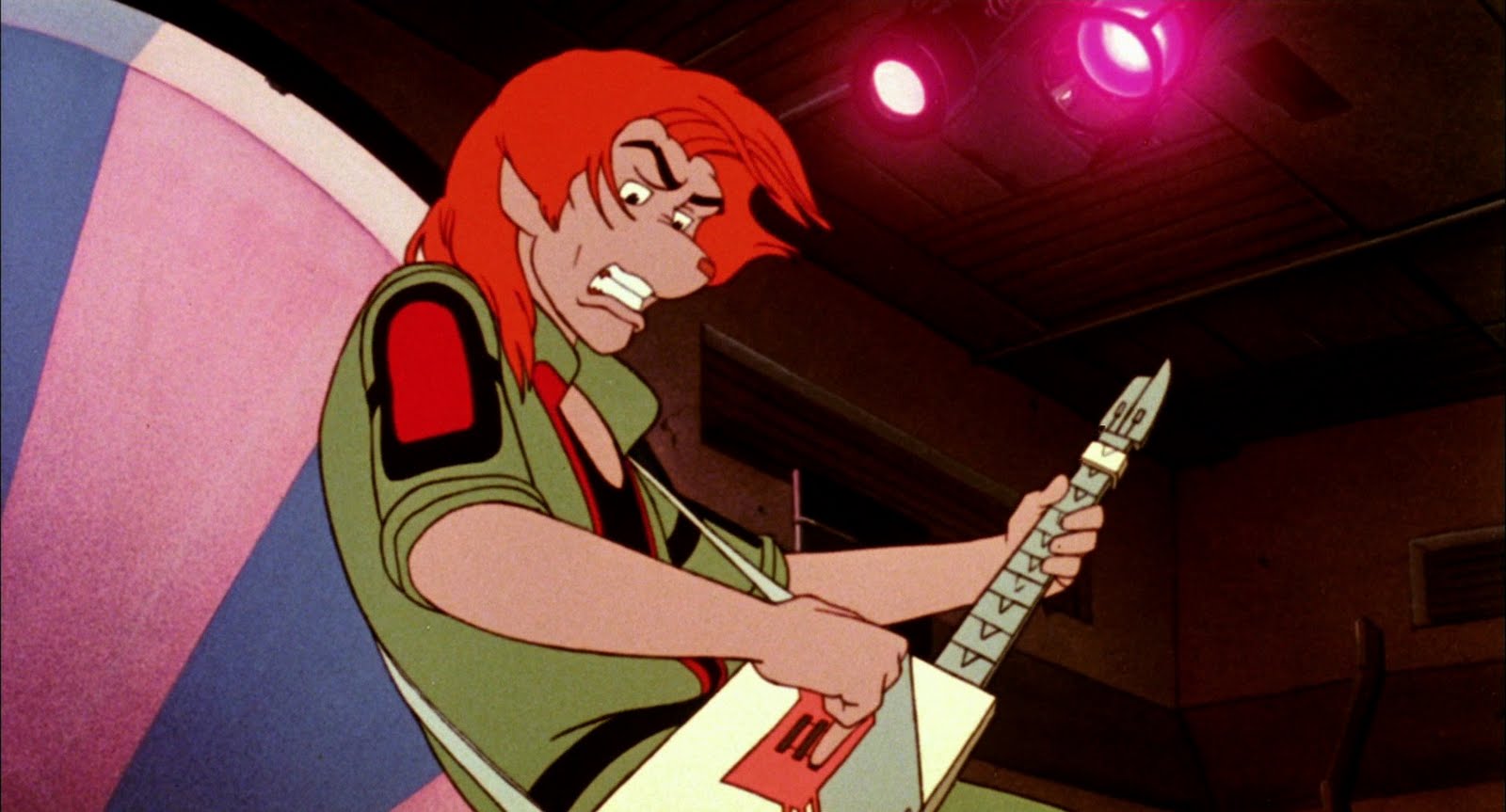
Cult films. Two words that inspire a world of weirdness and unique visions. Sometimes, the results are accidental, like The Room or Birdemic. Others garner followings on their bizarreness and originality alone, like Eraserhead and Freaks. The rise of the internet and the unbounded connectivity has brought legions of fans together and opened up innumerable discussions about the appreciation of previous favourites and rediscovery of forgotten gems.
But not all cult films have received their due. Even the all-knowing internet sometimes overlooks films that have more merit to them originally thought. Sometimes, these films generate and reconnect fans through things as simple as an uploading of a clip to YouTube or a brief mention on a message-board.
Some films might’ve had their brief, microscopic moment in the sun upon their first release, but then faded into the great void of obscurity. Sometimes, even with specialty DVD releases and cast/crew appearances at fan conventions, some cult films merely get a slight mention in the greater discussion of the subject. The films below are not without fans and have stood on their own for quite some time, but the lack of attention and analysis is suspect at best.
These films, while not perfect or even good in some peoples’ eyes, but they all pertain to specific and acquired tastes that can be found within the quirked out pantheon of cult cinema. From ancient cyberpunk and mutated rock musicians, to Styrofoam creatures and murderous fruits, these are seven obscure films that deserve to be rediscovered by the internet’s cult film connoisseurs.
1. Begotten
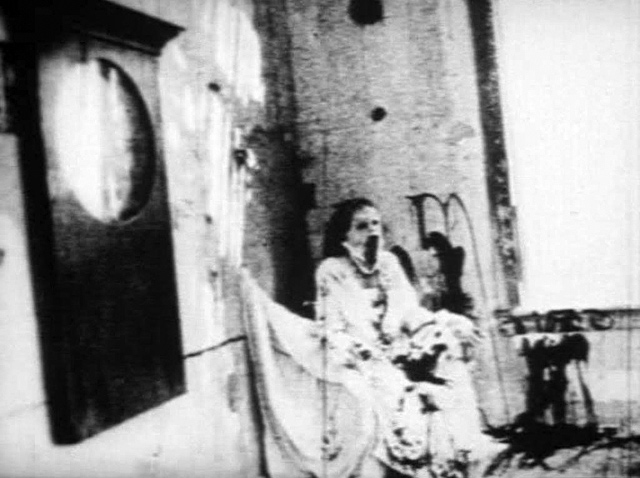
E. Elias Merhige is known these days as the director of the fantastic Shadow of the Vampire and the Johnny Depp vehicle Suspect Zero, as well as Marilyn Manson’s ‘Cryptorchid’ and ‘Antichrist Superstar’ music videos.
While in recent years, he’s remained fairly quiet, it was in 1990 when Merhige exploded onto the underground film scene with what has been described by Jonathon Hoberman of Premiere Magazine as a ‘metaphysical splatter film,’ Begotten. A lyrical exploration of the story of Genesis, involving a suicidal God, Mother Earth, her son, and a strange nomadic cult of robed figures, interacting in an apocalyptically primordial world.
Plot is not the main focus of Begotten, a philosophy that is painfully prevalent from its striking opening salvo, the death of God by his own hands. It’s brutal, graphic, and will offend anyone to some degree. However, this helps pave the way for the film to launch into its uncompromising take on creation that exists somewhere between Christian creationism and mythological nightmare.
The malformed and incomplete world this primal group of characters inhabit is harsh, one of birth and death in equal, awesome measure. Merhige’s vision knows no limits, and nothing is shied away from. Begotten is a slow-burning phantasmagoria, filled with obscured images, ruled by a mysterious and challenging narrative, and dictated by a dream logic that aims to disorient and disturb. Not much can be explained about such a weird film.
Like Eraserhead, its minimal narrative is up for debate and seems to have been designed to mean something different in each person. Is it, as it has been purported, a reinterpretation of the book of Genesis, or is it an apocalyptic fable about the correlation between birth and death? Begotten is a film that distorts a well-known story and filters it through a darkness that, while annoying for some, is fascinating to the adventurous few.
2. Rock & Rule
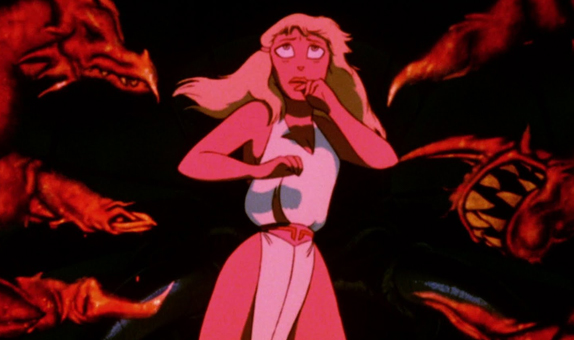
The history of adult animation is sketchy, with supporters and fans arguing on who did it first and who did it best. From Mushi Productions’ Animerama trilogy and Ralph Bakshi’s classic 70’s films, to the 90’s anime boom and recent films like the Oscar-nominated Anomalisa and the surprise smash hit Sausage Party, adult animation has had an interesting run in the histories of animation and cinema, cultivating champions and detractors with each entry in this very niche aspect of film.
One of the more successful North American examples remains the Canadian-American cult favourite Heavy Metal, a film that helped a lesser known music-based science fantasy film get off the ground, albeit to less stellar results. 1983’s Rock & Rule is the classic story of the aspiring local band under the threat of being torn apart by the antagonistic music bigwig. Except with a heaping helping of pseudo-Satanic madness and post-apocalyptic nastiness.
Rock & Rule was a complete failure upon its initial release, but leave it to repeated viewings on HBO to help draw in a small cult following in the succeeding decades. It’s too dark and violent for young kids, but too fantastic and weird for adults of a more mature disposition.
It’ll certainly strike a chord (no pun intended) with music lovers just as much as with stoners and animation fans, thanks to its wacked-out visuals, Heavy Metal magazine-style story, and fantastic soundtrack featuring Iggy Pop, Lou Reed, Deborah Harry, Earth Wind and Fire, and Cheap Trick.
While the story is not the most fleshed out, the nuclear satire isn’t all there and used to its fullest potential, and the animal-esque character designs can be slightly off-putting and aren’t outwardly explained (a result of below-average worldbuilding), it’s still a fun blast of a film that doesn’t require large quantities of brain power to enjoy. Rock & Rule is a prime cult film that deserves a whole lotta love, and certainly more than it got upon its release way back in ’83.
3. Attack of the Killer Tomatoes
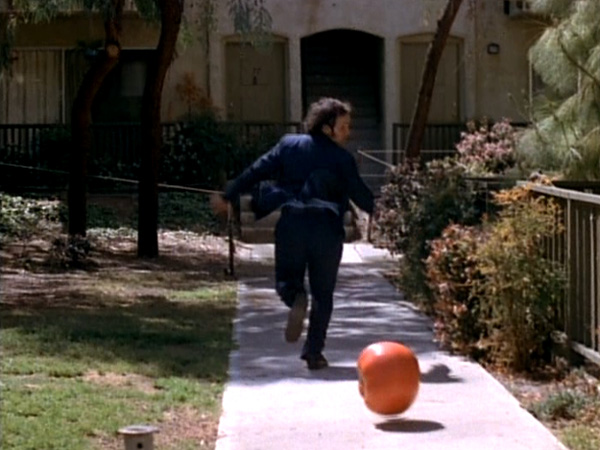
In 1978, a group of student filmmakers came together in San Diego, California to film a low budget spoof of the b-movies they had grown up with. Now, almost 40 years later, Attack of the Killer Tomatoes lives on a cult classic that has spawned three sequels (the first of which featured a very young George Clooney) and a Saturday morning cartoon.
How this weird little film gave birth to a franchise is in and of itself an enigma, but it’s safe to say nothing has quite come close to capturing the surreal (yet debateable) magic of the original.
So, what’s this oddball send-up all about? Killer tomatoes terrorizing America and the idiotic group of characters that set out to either contain or eliminate the fruity threat and ensuing panic.
As hilarity ensues at the hands of secret agents Mason Dixon and Wilbur Finletter, young reporter Lois Fairchild, and Presidential aid Jim Richardson, we the audience must endure countless stupid gags, tasteless jokes, nonsensical musical numbers, every b-movie trope up to that moment, and a host of other trip-ups. But that’s not to say they’re detrimental to the film.
In fact, it’s this cavalcade of bad filmmaking that helps launch Attack of the Killer Tomatoes into cult film status. Its bizarre premise and ridiculously cheesy effects can crack up any unsuspecting filmgoer. B-movie fans will appreciate the skewering of their beloved tropes and the obvious love for those trashy low-budget favourites of yesteryear.
Despite being an objectively bad film, it strolls by with its innumerable quirks. It’s just such a genuine oddity that makes anyone who tries to explain it claim that ‘they can’t make this shit up.’ Like some of the best cult films, Attack of the Killer Tomatoes is strange, quirky, and ridiculous. It’s truly one of a kind, and a lot of fun to boot.
4. The Burning Moon
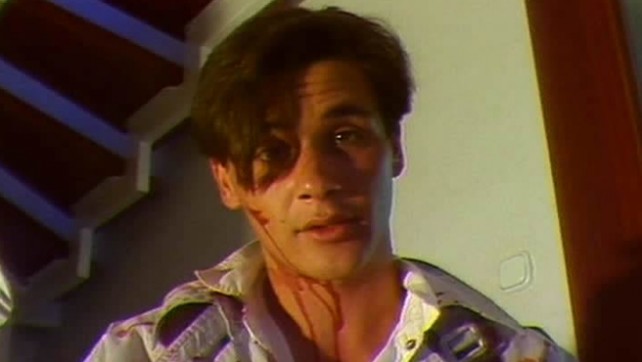
German underground horror remains one of the most historically loaded movements of the horror genre. Through a combination of repressed expression and historical queasiness, Germany’s horror contributions had, for decades prior, been art-house affairs that disparaged against on onscreen violence and gruesome imagery and turned their focuses back on atmosphere and presentation.
With the VHS boom of the 80’s, giving rise to the UK’s video nasties and renaissance of American horror spreading around the world, horror reached a new wave of German filmmakers and helped give birth to one of the most crucial and extreme movements in horror history.
Alongside cult favourites like Nekromantik and Violent Shit, Olaf Ittenbach’s 1992 tasteless splatter classic The Burning Moon burst onto the underground scene with such misanthropic vigor, it remains one of the most challenging and nastiest viewings any horror fan can undertake.
Ittenbach wrote, directed, designed, and starred in this two-pronged anthology that involves a delinquent teen, meth, and a whole lot of disgust for humanity. While the first segment, Julia’s Love, is pretty standard stalker-slasher mayhem with a touch of twisted romance, it’s the second segment, The Purity, and its notorious ten minute ‘Hell’ sequence that sticks out in cult film fans’ minds.
Despite its cheap production style, shot-on-video quality, subpar acting, and lack of narrative coherence in the first segment, it really is one of the better made underground VHS horror films of the era.
Between Nekromantik, which has the (somewhat) better reputation, and Violent Shit, itself having become something of a joke among exploitation fans, The Burning Moon is something special, if not in a necessarily positive light.
Ittenbach’s obvious grasp on filmmaking and no-holds-barred approach to depicting some truly hateful madness during a time when Germany was still struggling to accept such brutality in their national film industry is something to behold. It’s a film that could’ve only been begotten through the rise of the direct-to-video market of the 80’s and 90’s.
In the shadow of more famous films, The Burning Moon remains the anomaly in German underground horror, straddling a line between being a low-budget classic and a disastrous exercise in cheap special effects. A recent DVD release by Intervision Picture Corp might help bring this film to a higher cult status, but only time- and maybe the morality of those who watch it- will tell.